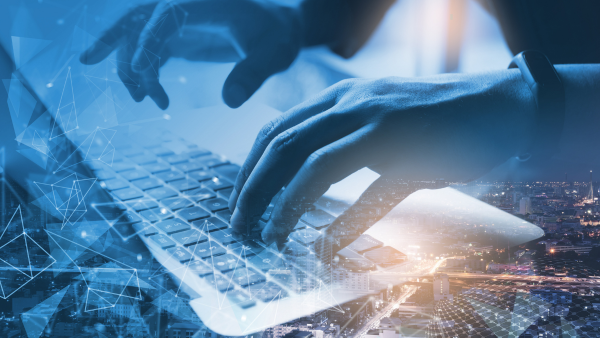
Computer engineering sits in the in-between space of hardware and software, and right now, it’s exploding with innovations that are reshaping everything from how we work to how we live.
If you’re interested in staying ahead of the curve, the online Master of Science in Computer Engineering from SDSU Global Campus delivers a direct path into this field.
Here’s a look at some future tech trends that computer engineering students are diving into, and why they matter.
- Artificial Intelligence (AI)
AI is no longer science fiction. It’s powering your phone, running smart factories and helping diagnose diseases. In computer engineering, you use AI and learn to build it. That means:
- Designing machine learning models
- Developing edge AI systems that work on tiny devices
- Optimizing neural networks to run faster and smarter
And with generative AI, students are also learning how machines can now create content, simulate human conversation and even write code.
- Robotics
From autonomous delivery bots to robotic surgeons, robotics is where software meets sensors and mechanical design. Students in computer engineering work on:
- Embedded systems to control robotic arms
- Sensor fusion for navigation and perception
- Real-time computing so robots can react instantly
You’re not just building machines–you’re teaching them to see, move and think.
- Quantum Computing
Still in its early stages, but gaining momentum fast, quantum computing is supposed to crush problems classical computers can’t touch. Computer engineering programs are preparing students to:
- Understand quantum logic gates
- Simulate quantum algorithms
- Design hybrid systems that combine classical and quantum approaches
It’s abstract, complex and game-changing.
- Internet of Things (IoT)
Billions of devices–from smart thermostats to industrial machines–are now online. IoT is about creating intelligent systems that communicate seamlessly. In this area, students focus on:
- Low-power hardware design
- Wireless communication protocols
- Data security-constrained environments
IoT engineers build the invisible web, tying the physical and digital together.
- Cybersecurity
As tech evolves, so do threats. Every future-facing innovation needs protection. That’s why cybersecurity is now added to every layer of computer engineering. Students learn how to:
- Design secure systems from the ground up
- Detect and prevent hardware-level attacks
- Protect data in AI and IoT environments
Security isn’t optional; it’s now a basic necessity.
- Human-AI Interaction
As machines get smarter, understanding how humans and AI interact becomes critical. You’ll study:
- The role of ethics for human-centered design in autonomous systems
- Transparent decision-making by AI
- Interfaces enabling human oversight
It’s not just what machines can do — it’s about what they should do.
Why This Matters
Computer engineering is no longer about following trends. It’s about setting them. This is the field if you want to be on the frontlines of the next tech wave–smarter cities, personalized healthcare or sentient robotics.
And with the SDSU Global Campus Master’s in Computer Engineering, you don’t have to choose between career and advancement. The fully online program gets you future-ready–on your schedule, in your space and at your pace.




